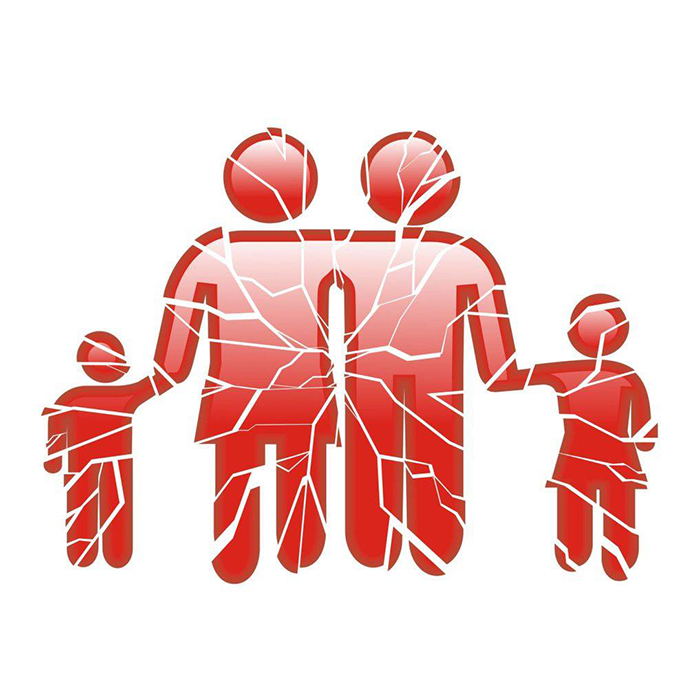
Thirty five days ago the GOP held control of both houses of Congress and the Presidency and yet an ill-advised policy based on ignorance was allowed to hold 800,000 federal works hostage. How did this happen? Majority Leader McConnell, Leader Schumer, Speaker Ryan and Minority Leader Pelosi all agreed just before Christmas to extend a spending bill for a few weeks enabling the federal government to keep running while discussions were pursued on a Border Wall. POTUS went along with this plan and told Majority Leader McConnell he would sign the extension bill. Yet, that evening POTUS started listening to commentators from his far right base – changed his mind and demanded funding of $5.7 billion for a wall or he would as he said a week earlier ‘take pride in shutting down the government’. The Border Wall idea has no solid evidence to support that it would work to stem the tide of drugs of which 90 % come through ports of entry, drug leaders and gangs who fly over the border. PBS sent a reporter to the border near Nogales, Arizona to gather real data on what was actually happening at the border. He found that people on the border did not want a huge wall except for sections of see-through barriers in cities, yet wanted more border police, more access roads and surveillance technology. Speaker Pelosi made an excellent point in her press conference today, after POTUS caved when it was obvious the shutdown was causing real harm to many Americans, plus federal workers and their families. She declared, ‘we support more border security measures, that are evidence based,’
Her focus on evidence based policy was music to our ears. When was the last time during this GOP administration have we heard that policy would be ‘evidence based’ (with real facts not made up ‘alternative facts’)? The EPA has moved quickly to shift policy making processes to not use scientific based reports or data in making policy decisions. Immigration policy is based on scapegoating of Muslims, Mexicans, and Central Americans instead of the facts. The facts are that new businesses are twice as likely to be started by immigrants, that when the Mexican economy thrived cross border immigration fell dramatically and that majority of immigrants fill jobs that most American workers don’t want to do. Canada has looked at their trend of an aging population and declining workforce. To build the size and skills of their labor force for the future they are welcoming immigrants – we should be doing the same thing. Our population is aging quickly, so without an immigrant influx of entrepreneurs and workforce we will be faced with a stagnant economy looking much like Japan’s.
The effectiveness of modern medicine was revolutionized when evidenced based medical practices and research was implemented as a standard clinical practice in the 1960s. Businesses today use Big Data analysis, models, forecasting and innovate new products based on data, research and analysis before making investments. The dramatic increase in our standard of living is based on innovative processes in universities, businesses and financial services all insisting on ‘getting the data’ first before making proposals or investments.
We should accept nothing less than evidence based government. We are behind by 20 years on combating the effects of scientifically proven climate change. Our future will depend on making intelligent decisions based on evidence to implement sound policies and investments to ensure the existence of humanity.













